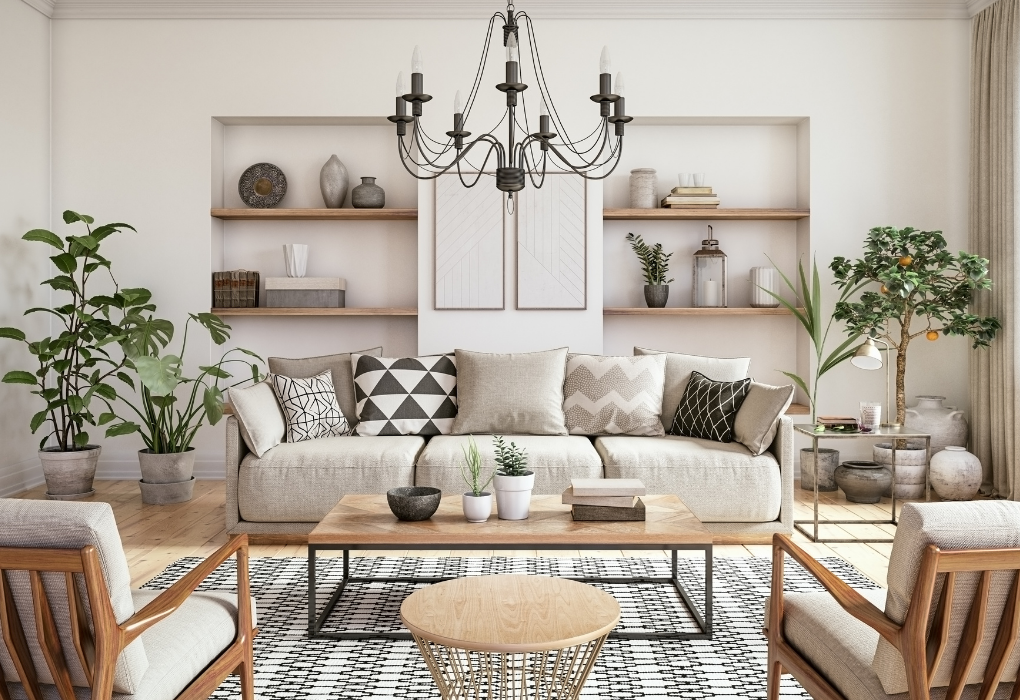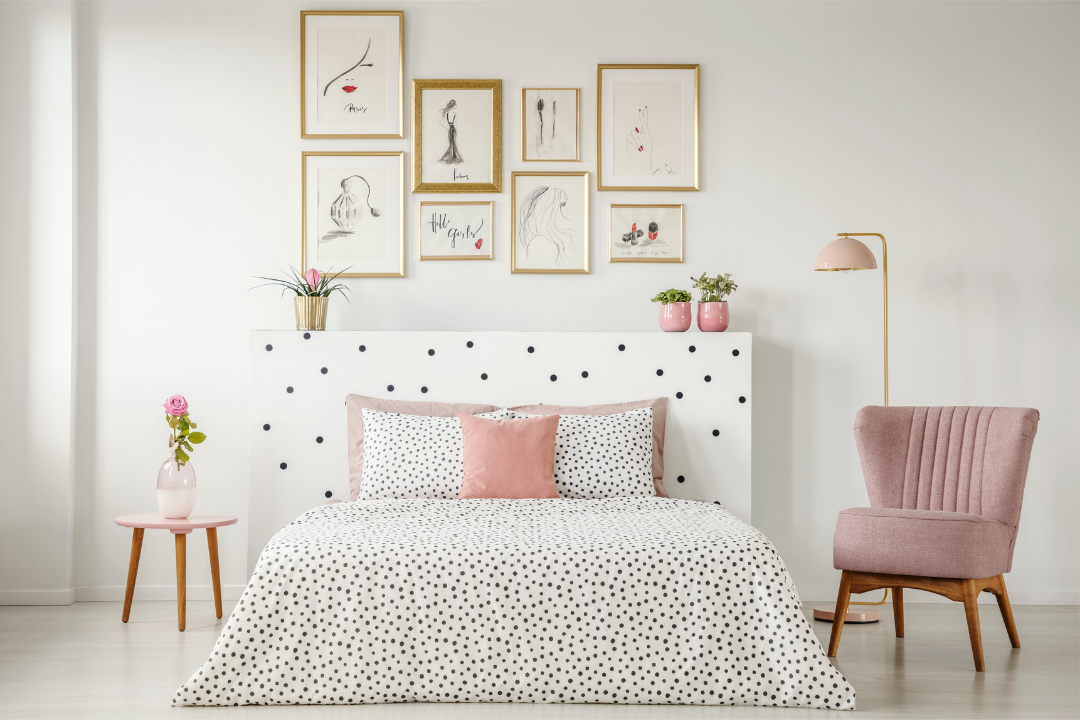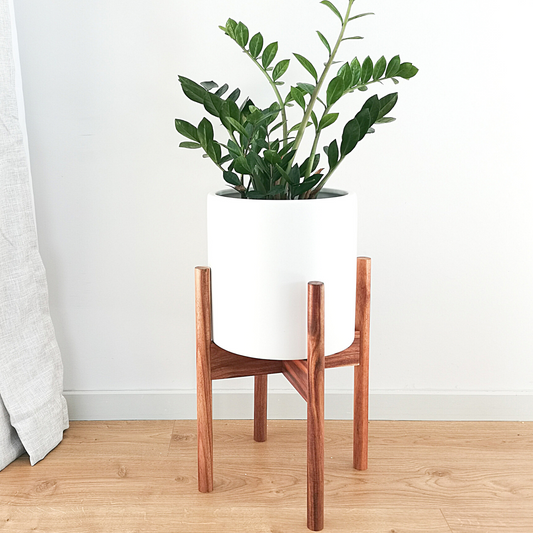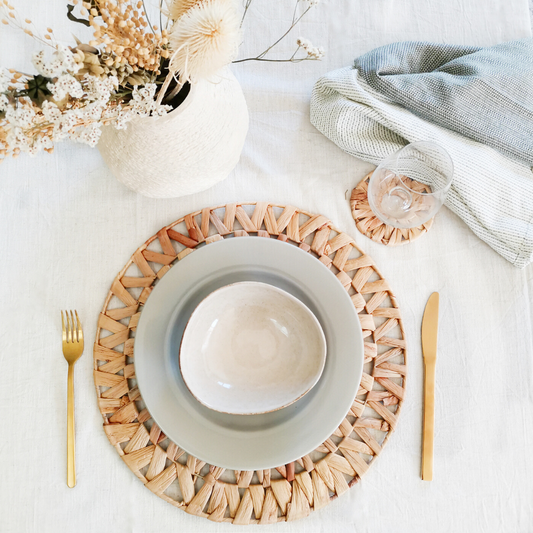Wood is always gorgeous. It’s one of the best ways to create an interior that feels inviting, lived-in, and naturally cozy, isn’t it?
Like many homeowners, as well as home decor enthusiasts, you probably want to know how you can use different wood tones in your home. After all, beautiful wooden decor pieces also contribute to the whole personality of the space.

I know mixing wood tones has the potential to be a difficult task, but with a few wood blending tips it becomes an easy undertaking. Here are some wood tone mixing tips that will help you decide the next time you’re on the hunt for wooden furniture or other decorative and accent pieces made of wood.
1. Find or choose first your dominant wood tone

The best starting point when mixing wood tones in any space is to determine first that space’s dominant wood tone. Your largest piece of wood furniture is likely where you’ll find your dominant wood tone, think of hardwood floor, cabinetries, large tables, wall paneling, etc.
Choosing a dominant shade ensures harmony throughout your room, and makes everything feel more cohesive. Once you know the dominant tone/tones, it will be easier for you to find and bring in pieces that would match well with it.
If none of the wood surfaces are significantly larger than the rest, pick two or three pieces with the tone that you like, and then try to incorporate more pieces with this tone later on.
2. Identify the wood undertones in your space

After determining the dominant wood tone in your space, you’ll have to look deeper and identify their undertones. Do they have a warm tone or a cool tone?
- Woods with warm undertone will look yellow, orange or red (most unstained woods) - Cherry, Mahogany, Hickory, White Oak, Maple, Teak, Acacia
- Woods with cool undertone will look a bit grey or blue (most stained woods) - Ash, Poplar, Pine, driftwood / woods with charcoal stain, bark stain, sand stain
- Neutral wood tones will look beige (the most versatile as you can mix them with warm, cool, neutral) - Walnut
Woods with the same undertone will work well together as they are complementary to one another, even if they vary in lightness or darkness and grain. So if your dominant wood tone is warm, go for wooden decor pieces with warm undertones. Similarly, if your dominant wood tone is cool, opt for cooler wooden decor or furniture pieces.
3. Introduce contrast by adding different wood tones

Another tried and true way to create a balanced look is to add contrast. Remember when we talked about contrast here too? Creating contrast is one of the best ways to create interest, texture and visual depth in interior designing.
When you stick to only one wood tone, it can make your space seem a bit flat and dull, so rather than matching them, you’ll want to add spice by mixing different wood tones. This creates a layered look that feels more organic, and authentic as if all individual pieces have been collected over time rather than it being like a calculated purchase.
An easy way to achieve contrast is having different combination of wood tones like these ones below:
- Light wood + Medium wood
- Medium wood + Dark wood
- Light wood + Medium wood + Dark wood
If you have a neutral or monochromatic color scheme in your home, most wood tones would fit well in your home.
As a reminder, don’t try to balance out your dominant tone by adding the same amount of contrasting wood. You’ll want your “dominant” tone to still be the most prominent tone, and only add a few contrasting pieces for a more natural look.
4. Scatter your wooden decor and create repetition

The placement of your wood decor also matters when mixing wood tones. Scattering them throughout the room and having at least two pieces with the same tone helps create a visually balanced look, and adds continuity to a space.
Think of it this way: If you pile all your darker wood pieces on only one side of a room, that side will feel cluttered and visually heavy.
So rather than keeping them in close proximity, scatter those that have similar tones or finishes (matte, satin, glossy) throughout the room. For example, if you have a shelf that is the only piece in its tone, you can add a wooden frame, a plant stand, a wooden bowl, or wooden beads in the same tone, so it won’t feel disconnected from the rest of the space. You can play off the character of the room even just by adding small accents like sculptures, bowls, frames, lamps, storage boxes, and many other pieces.
If you’re looking for wooden accents for your space, you can check Alfie & Gem’s Adjustable Wooden Plant Stands. Check out the Acacia Plant Stands if you’re looking for darker wood pieces. These are not stained so you can see the distinctive and beautiful wood grains with their naturally varying tones. Or if you need a lighter wood accent, you can check the Bamboo Plant Stands which has a more polished grain.
5. Mix grain pattern and sizes

Aside from mixing different wood tones and finishes, mixing grain patterns and sizes also helps create a space that looks more put together.
But, what are these terms? The grain pattern simply refers to the stripes or swirls you see in the wood while the grain pattern size is the scale of those elements.
These details will contribute to the mood and style of a space. As a general rule, large wood grains have a more rugged, casual feel to it, while small wood grains make the room feel more refined, formal, and polished.
Choose the wood grains depending on the vibe you’re going for - small delicate grains are best suited for contemporary interiors while large grain suits more rustic, boho interiors.
And that’s it for the basics for mixing wood tones! I hope these tips help you mix and match wood confidently in your home.
Don’t be afraid to experiment, move around your furniture and decor pieces. As long as it feels natural to you, it will turn out beautiful!








